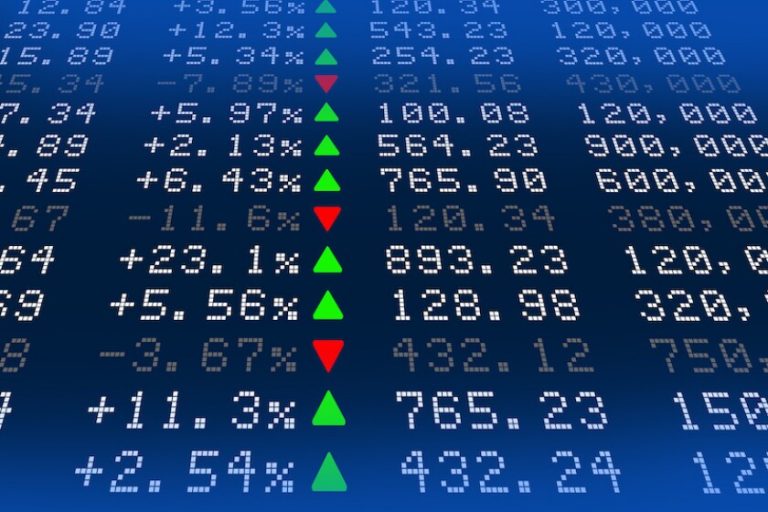
Introduction
Stock exchanges play a crucial role in the global economy, facilitating the buying and selling of securities and providing a platform for companies to raise capital. However, to maintain fair and efficient markets, stock exchanges require robust regulation and oversight. In this article it explores the regulatory landscape surrounding stock exchanges, highlighting the key players and their objectives. So, if you are into investment, you must consider seeking more knowledge by visiting investment education firms such as immediate-edge.software.
The Role of Regulatory Bodies
Regulatory bodies such as the Securities and Exchange Commission (SEC), the Financial Conduct Authority (FCA), and the International Organization of Securities Commissions (IOSCO) are responsible for overseeing and regulating stock exchanges. These bodies aim to maintain market integrity, protect investors, and ensure the stability of financial markets.
Regulatory Objectives
The primary objectives of stock exchange regulation are to ensure fair and transparent markets, protect investors’ interests, and maintain market stability. By enforcing rules and regulations, regulatory bodies strive to create an environment that fosters confidence and trust in the market.
Listing Requirements
Stock exchanges impose certain listing requirements that companies must meet to be listed and traded on the exchange. These requirements include financial stability, corporate governance standards, and disclosure obligations. Listing requirements help ensure that companies provide accurate and timely information to investors.
Market Surveillance and Enforcement
Effective market surveillance is essential for detecting and deterring market abuses, such as insider trading and market manipulation. Regulatory bodies employ sophisticated surveillance systems to monitor trading activities and identify suspicious patterns. In cases of non-compliance, enforcement actions such as fines and penalties may be imposed.
Investor Protection
Investor protection is a core aspect of stock exchange regulation. Regulatory bodies require companies to disclose material information that could affect the investment decision of shareholders. Insider trading regulations are in place to prevent individuals from using non-public information for personal gain. Additionally, investor education and awareness programs help empower investors to make informed decisions.
Market Structure and Technology
Advancements in technology have transformed the way stock exchanges operate. Traditional trading floors have been replaced by electronic trading platforms that enable faster and more efficient transactions. However, the rise of high-frequency trading has raised concerns about market stability and fairness. Regulatory bodies need to adapt their oversight mechanisms to address these challenges.
Cross-Border Regulations
In an increasingly globalized world, cross-border regulations and international cooperation are vital for maintaining the integrity of stock exchanges. Harmonization of regulatory standards between countries helps reduce regulatory arbitrage and fosters a level playing field for market participants. Cross-listing allows companies to be listed on multiple exchanges, subject to the regulations of each jurisdiction involved.
Challenges and Emerging Trends
Regulating stock exchanges faces ongoing challenges and must adapt to emerging trends. One of the significant challenges is addressing cybersecurity risks. As stock exchanges rely heavily on technology, they become vulnerable to cyberattacks that can disrupt trading operations and compromise the integrity of financial data. Regulatory bodies need to establish robust cybersecurity frameworks and collaborate with market participants to enhance resilience.
The regulation of digital assets and cryptocurrencies is another pressing issue. With the rise of decentralized finance and blockchain technology, new forms of digital assets have emerged. Regulators are grappling with defining the regulatory framework for these assets, ensuring investor protection, and preventing illicit activities such as money laundering and fraud.
Globalization also poses challenges to regulatory frameworks. As stock exchanges and investors become more interconnected across borders, regulatory bodies must foster international cooperation and harmonization of standards. This collaboration helps address regulatory gaps, share best practices, and create a cohesive regulatory environment.
Conclusion
The regulation and oversight of stock exchanges are crucial to maintaining fair and transparent markets, protecting investors’ interests, and ensuring market stability. Regulatory bodies play a vital role in establishing and enforcing rules and requirements for listing, market surveillance, investor protection, and technology adaptation.
As stock exchanges evolve and face emerging challenges, regulatory frameworks must adapt accordingly. Addressing cybersecurity risks, regulating digital assets, and promoting international cooperation are among the key priorities for regulatory bodies. By continuously monitoring market developments and engaging with market participants, regulatory bodies can foster trust, confidence, and efficiency in stock exchanges.

